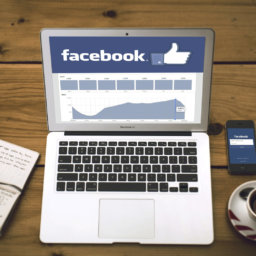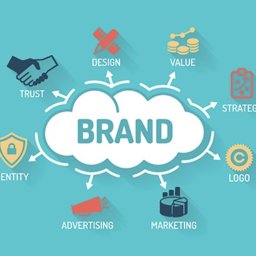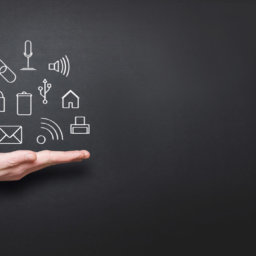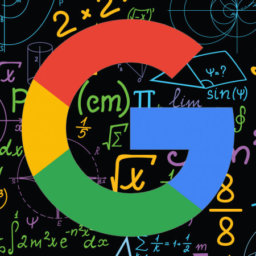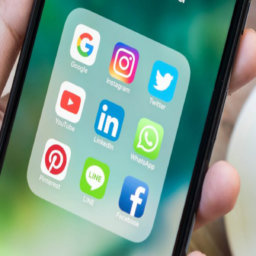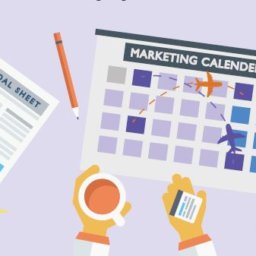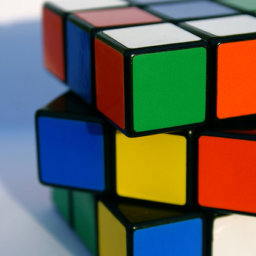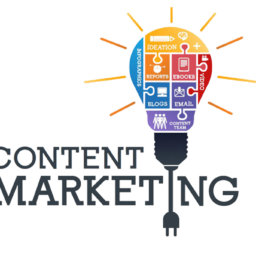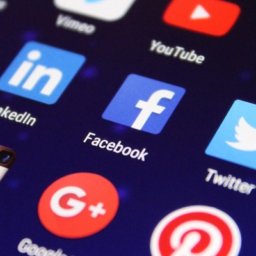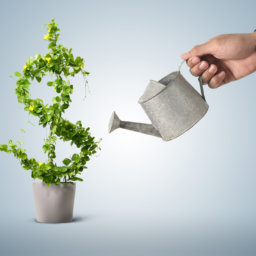5 Web Design Trends for 2018
As a digital medium, web design is far more subject to shifts in technology than traditional print, of course this comes as no surprise. What is surprising is the way web designers have continued to cope with increasing technical challenges while still managing to create sites that are clear, innovative, adaptable and of course, user friendly. In the last year we’ve seen many advancements in web design, including the overtaking mobile usage has gained over traditional desktop browsing. Because mobile searching has become the new norm, web designers are now going to have to fully utilize mobile functionality in ways they hadn’t before. Of course desktop browsing must continue to evolve to stay relevant, so what does one do to continue the traditional desktop browser alive? You design!
Let’s take a look at some notable web design trends of 2018.
1. Drop Shadows and Depth
The use of shadows is not new, so why do we mention it? While shadows have been a staple of web design for quite a while, thanks to the progress of web browsers, we now see some exciting variations. With grids and parallax layouts, web designers are playing with shadows more than ever to create depth and the illusion of a world beyond the screen. This is a direct reaction to the flat design trend that was popular in years past. Shadows and depth create a surprisingly versatile effect that increases not only the aesthetics of a web page, but also helps user experience by providing emphasis.
2. Vibrant, Saturated Color Schemes
2018 is definitely the year for super excess colors online. While in the past many brands and designers were stuck with web-safe colors, more designers are becoming courageous in their approach to color—including supersaturation and vibrant shades combined with headers that are no longer just horizontal but reimagined with slashes and hard angles. This is partly helped by technological advances in monitors and devices with screens that are more suitable for reproducing richer colors. Vibrant and even clashing colors can be useful for newer brands hoping to instantly attract their visitors’ attention, but it is also perfect for brands who want to set themselves apart the ‘web-safe’ and the traditional.
3. Big, bold typography
Typography has always been a powerful visual tool, able to create personality, evoke emotion and set tone on a website all while conveying important information. And now, because device resolutions are getting sharper and easier to read, I expect a huge increase in the use of custom fonts. Excluding Internet Explorer, many browsers can support hand-made typefaces that are enabled by CSS for web browsers. The trend of large letters, contrasting sans serif and serif headings help create dynamic parallels, improve UX and best of all, keep the visitor reading your website.
For web pages in particular, headers are key SEO elements and help to order information for the scanning eyes of readers. Looking ahead to 2018, designers will take full advantage of this with web pages featuring large and impactful headers spun out of creative typefaces.
4. Dynamic gradients
Over the last few years, flat design has been a much preferred web design trend over dimensional colors, but gradients are making a big comeback in 2018. Last time gradients were around, they were seen mainly in the form of subtle shading to suggest 3D (Apple’s iOS icons were a great example).
Now, gradients are big, loud and full of color. The most popular recent incarnation is a gradient filter over photos—a great way to make a less interesting image look intriguing. A simple gradient background can also be the perfect on-trend solution if you don’t have any other images to work with.
5. Integrated animations
As browser technology advances, more websites are moving from static images and finding new ways, like animations, to engage users in their communication approach. Unlike the particle animations mentioned earlier (which are generally large backgrounds), smaller animations are helpful for engaging the visitor throughout their entire experience on the page. For example, graphics can animate the user while the page is loading, or show the user an interesting hover state from a link. They can also be integrated to work with scrolling, navigation or as the focal point of the entire site.
Animation is great tool for including users in the story of a website, allowing them to see themselves (and their potential future as customers) in the characters. Even if you are only interested in animations for fun abstract visuals, they work well to create meaningful interactions for your visitors.
If you’re looking to add any of these new web design trends to your business’s page, or want to totally redo your current website, contact us at DMA Solutions!


